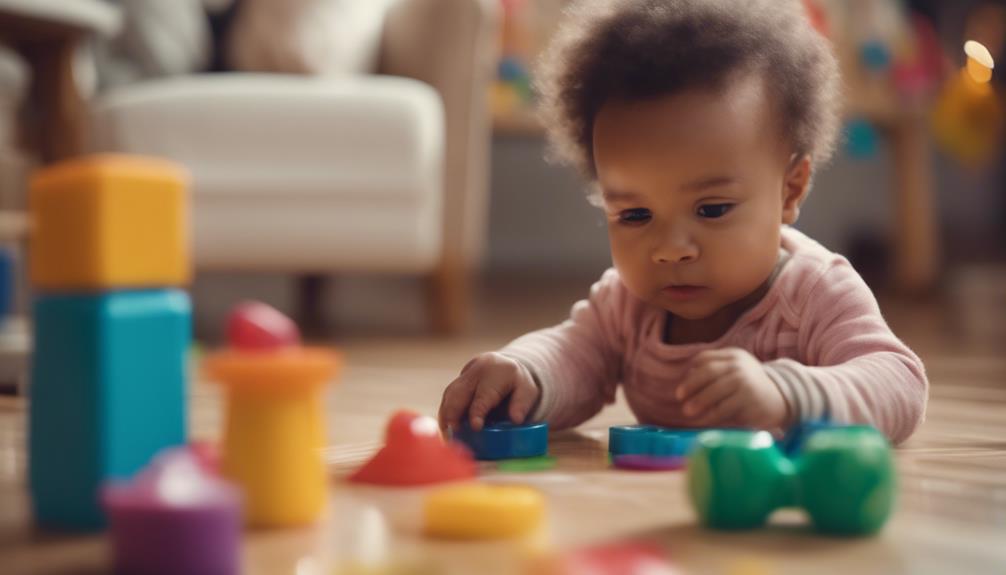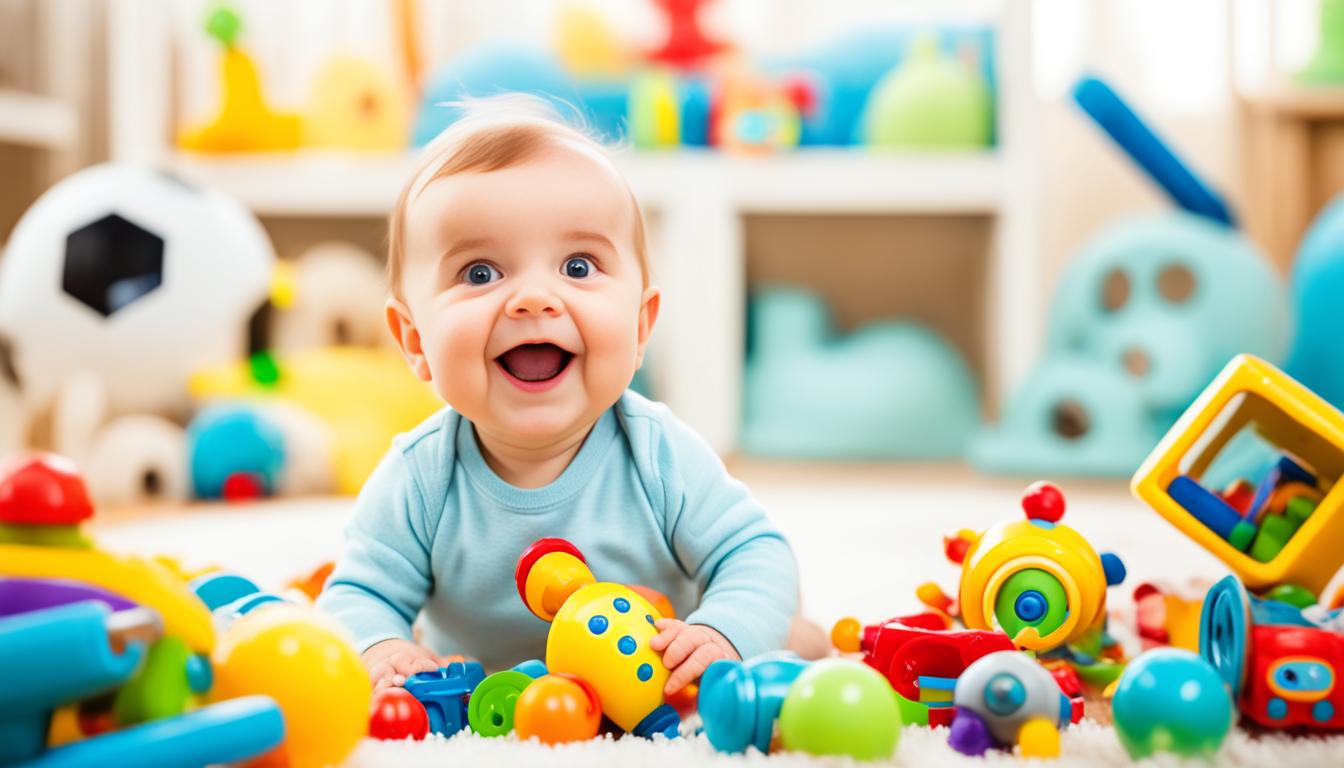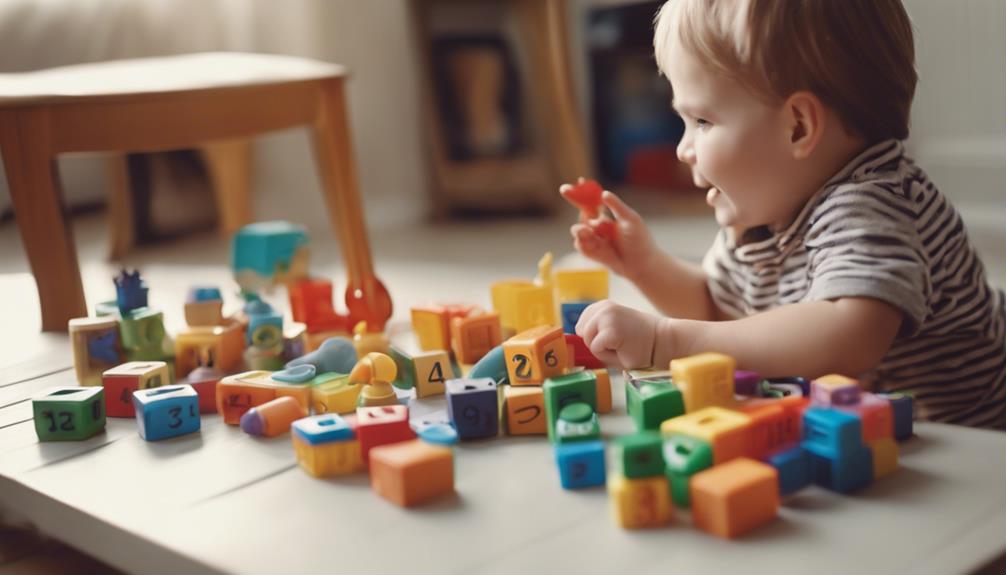To promote interaction and learning in babies, pay close attention to social interaction between 7 and 13.5 months of age. During this critical time frame, infants place a high value on human engagement, which helps shape their ability to form connections with others. Encourage joint attention moments, where shared focus and communication are fostered. Infants as young as 10 months can already identify interaction partners, showing a preference for social cues. Recognizing social motivation early on contributes to cognitive development and language acquisition. This essential early foundation lays the groundwork for lifelong learning and social growth. Delve further into how these interactions profoundly impact infant development.
Key Takeaways
- Infants aged 7-13.5 months prioritize social interactions, crucial for early development.
- Joint attention episodes emerge between 6-9 months, enhancing social cognitive skills.
- Babies as young as 10 months detect interaction partners, showing early social motivation.
- Brain reactions to social stimuli in infants enhance language development.
- Understanding selective attention to social stimuli crucial for exploring social motivation.
Social Attention Development in Infants
Infants between 7 to 13.5 months increasingly prioritize social interactions over non-social stimuli, showcasing a pivotal preference for human engagement. This age range marks an important period in social attention development for infants. Their brains are rapidly evolving, laying the foundation for early language acquisition and social learning.
As they interact with caregivers and peers, infants begin to understand social cues and communication patterns. This early exposure to social interactions plays a vital role in shaping the infant's ability to identify and engage with others.
During this developmental stage, infants also start to demonstrate joint attention abilities between 6 and 9 months, which aid in processing novel objects within a social context. Sensitivity to social relationships emerges around 10 months, allowing infants to discern potential interaction partners.
Detecting Interaction Partners
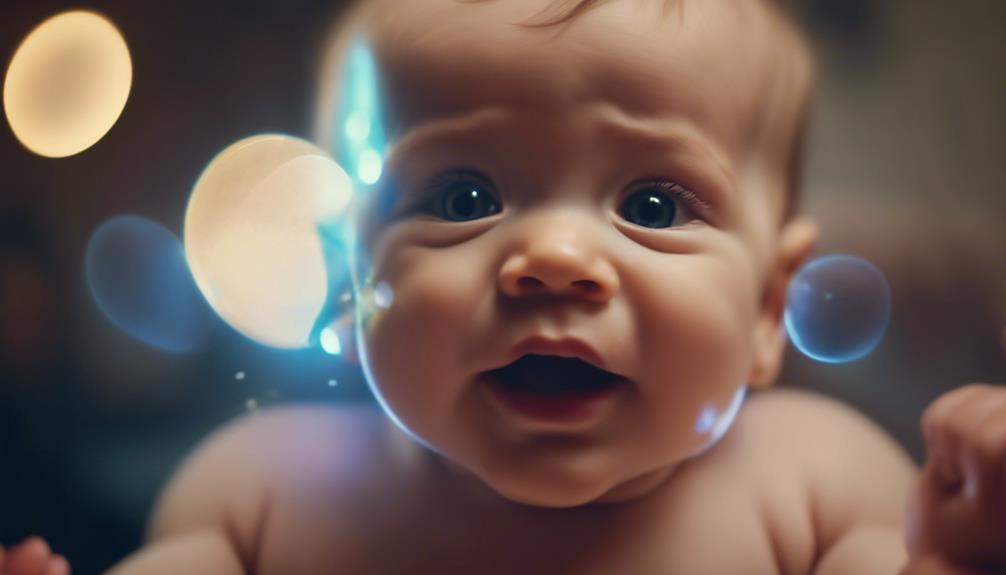
As young as 10 months old, detecting interaction partners becomes a key aspect of social attention development in infants. Infants' attention is drawn towards social and nonsocial interactions, revealing the intricate workings of the baby brain activity during these early stages of brain development.
Studies at the University of Washington have shown that adult-infant social interactions trigger increased neural activity, indicating a significant link between attention and brain reactions in babies.
Infants exhibit early brain reactions to social stimuli. Increased neural activity is observed during interactions with adults. Attention enhances connections between early brain reactions and later language development. Social and nonsocial interactions play an essential role in shaping infants' social attention. Brain development in infants is influenced by their ability to detect potential interaction partners.
Understanding how infants detect interaction partners sheds light on the complex processes underlying social attention development and sets the stage for further exploration into early social cognition.
Engaging in Joint Attention Episodes
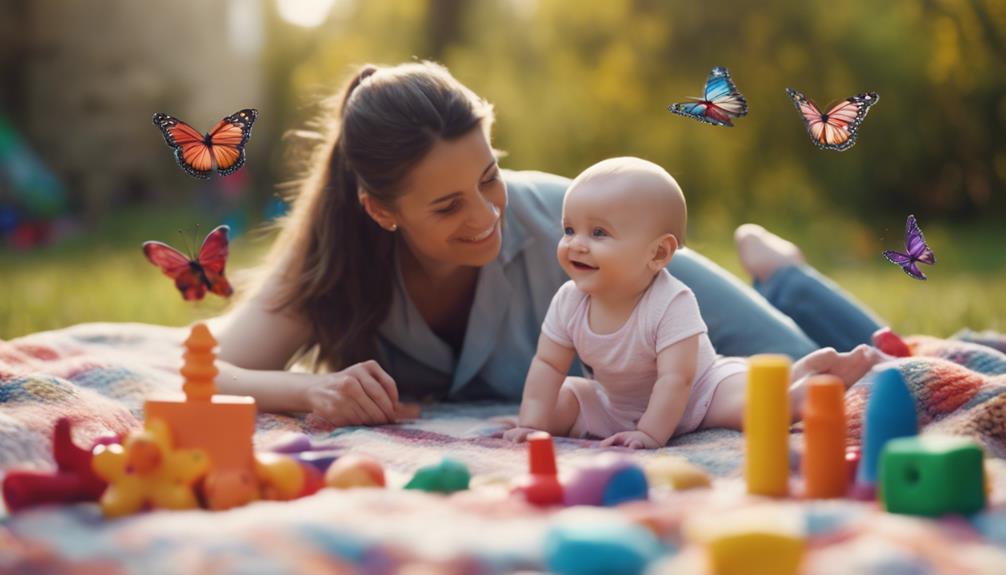
Engaging in joint attention episodes involves infants actively participating in shared focus and signaling communicative intent with others. This pivotal aspect of social interactions emerges between 6 to 9 months, allowing babies to explore new objects with the guidance of caregivers or peers.
As infants approach the 10-month mark, their sensitivity to social relationships blossoms, enabling them to identify potential interaction partners. Through dyadic interactions with one other individual and triadic interactions involving themselves, another person, and an object or event, babies exhibit the development of social cognitive skills.
The preference for social interactions steadily grows from 7 to 13 months, highlighting infants' keen interest in joint attention episodes as they navigate the world around them. By engaging in these shared moments, babies lay the groundwork for building meaningful social connections and honing their exploration skills in a collaborative environment.
Selective Attention to Social Stimuli
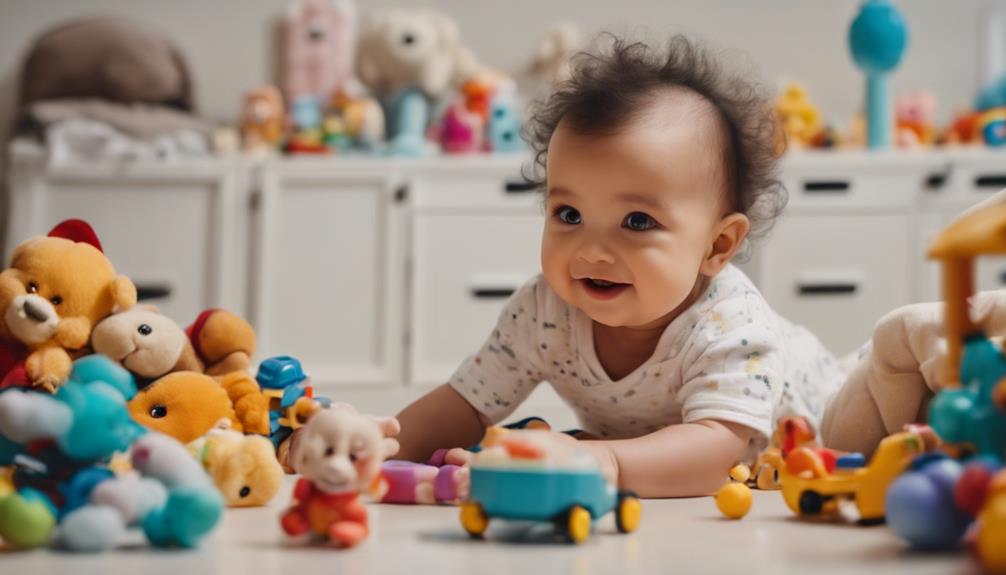
During their developmental journey, babies aged 7 to 13.5 months increasingly favor social interactions, as evidenced by eye tracking measures. At this early age period, infants exhibit intriguing behaviors that shed light on their burgeoning social cognition. Here's what research reveals about their selective attention to social stimuli:
- Older infants between 9.5-11 months display a significant preference for social interaction videos compared to younger infants.
- Sensitivity to social relationships emerges around 10 months, with infants detecting potential interaction partners during social attention tasks.
- Infants engage in dyadic and triadic social interactions, signaling communicative intent and engaging in joint attention episodes as early as 6-9 months.
- Understanding infants' selective attention to social stimuli is essential for exploring social motivation and learning mechanisms in developmental psychology.
- Monitoring infant brain activity during these social ensemble interactions can provide insights into their brain reactions and later language development.
Importance of Early Social Motivation
Infants' early social motivation becomes evident through their preference for social interactions and detection of potential interaction partners as young as 10 months old. This inclination towards social engagement stems from early brain reactions that shape later language and social interaction abilities.
Studies utilizing brain-imaging techniques have shown that babies exhibit enhanced language development when exposed to frequent social stimuli. The development of joint attention skills between 6 and 9 months plays a vital role in fostering communicative intent and shared attention episodes, laying the groundwork for robust social interactions.
Infants' intrinsic social motivation not only drives their interest in social stimuli but also influences their ability to engage in meaningful interactions. Understanding the importance of early social motivation is key to supporting infants in building strong foundational skills for effective communication and social connections as they grow.
Frequently Asked Questions
Can Social Interaction Help Babies Learn Faster?
Yes, social interaction can help babies learn faster. Engaging with others stimulates brain activity, boosts attention, and enhances language development. Parentese, smiles, and warm responses are crucial for infants' cognitive growth from an early age.
What Are the Benefits of Social Interaction With Babies?
Interacting with babies boosts their brain activity, enhancing attention and language skills. Your warm responses, smiles, and parentese shape their neural responses, predicting future language growth. Understanding this connection is essential for parents and educators.
How Do Social Interactions Influence Infant Brain Development and Learning?
Social interactions with caregivers play a vital role in shaping infant brain development and learning. Engaging with you, responding warmly, and using parentese can boost brain activity, enhance attention, and predict improved language skills in the future.
How Does Social Interaction Help in the Learning of a Child?
Explore the dance of dialogue! Social interaction sparks curiosity, fuels cognition, fostering comprehension. Engage in conversations, cultivate connections, and watch your child's learning soar. Active listening leads to enriched experiences and educational empowerment.
Conclusion
To sum up, promoting social interaction in infants is vital for their development and learning. By encouraging joint attention episodes and selective attention to social stimuli, caregivers can help babies enhance their social skills and motivation early on.
Remember, a social baby is a happy baby, ready to engage with the world around them and learn from their interactions with others. So keep those interactions flowing and watch your little one thrive!

